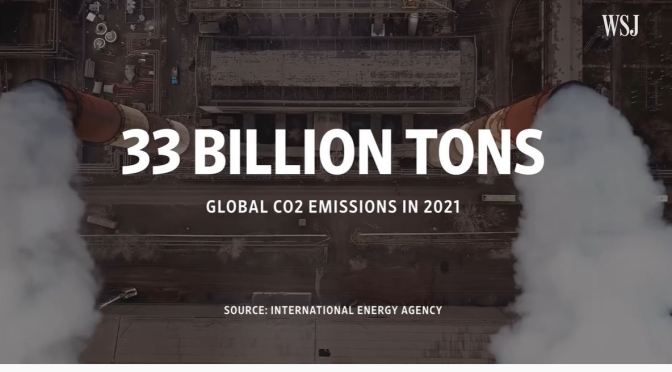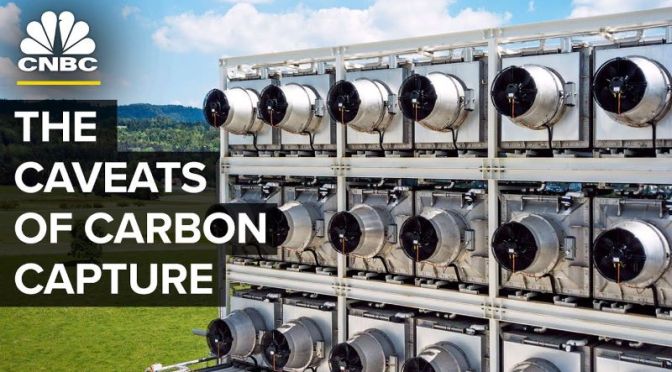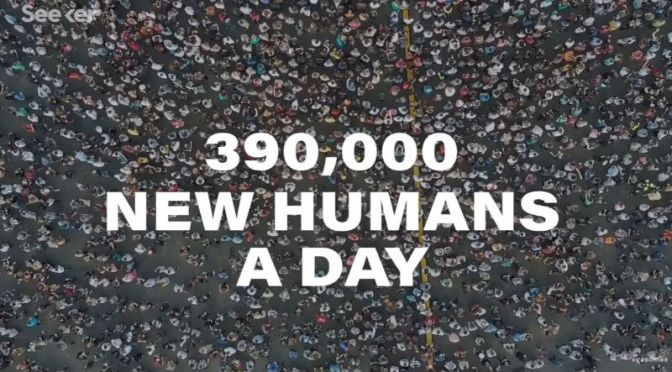World Economic Forum (July 8, 2023) – This week’s top stories of the week include:
0:15 This is what CO2 emissions look like from space – This graphic shows CO2 emissions over Asia and Australia during 2021. It was developed by NASA’s Scientific Visualization Studio. The orange ‘clouds’ represent CO2 from fossil fuel emissions. While the red clouds show CO2 emitted by burning biomass from wildfires, for example. As the year progresses, the fossil fuel emissions drift southwards, obscuring Australia.
1:25 India’s renewable energy revolution – The scale of economic growth in India is stunning. Its GDP grew by 7.2% in 2022-23, while electricity demand shot up by 8%. In the next few decades, its energy demand is set to grow more than in any other country. India has pledged to meet 50% of its electricity needs from low-carbon sources by 2030 and reduce energy intensity by 45% from 2005 levels.
3:00 This company is using lasers to beam internet to remote areas – Using chips and mirrors, laser signals are beamed over a distance of up to 20km. “This is as simple as a digital camera with a laser pointer. So you’re using a laser pointer to kind of transmit the data from one end to the other end. And then on the other end, think of the same digital camera, which is receiving the same laser beams and is able to decode it and then convert it into bytes.”
4:40 China will meet it’s renewable energy targets 5 years early – China is on track to hit its renewable energy target 5 years early. This rapid progress could limit global emissions faster than forecast. China is already a global leader in renewable energy, and its planned additions will increase global wind and solar capacity by almost 50% and 85%, respectively.
_____________________________________________
The World Economic Forum is the International Organization for Public-Private Cooperation. The Forum engages the foremost political, business, cultural and other leaders of society to shape global, regional and industry agendas. We believe that progress happens by bringing together people from all walks of life who have the drive and the influence to make positive change.





